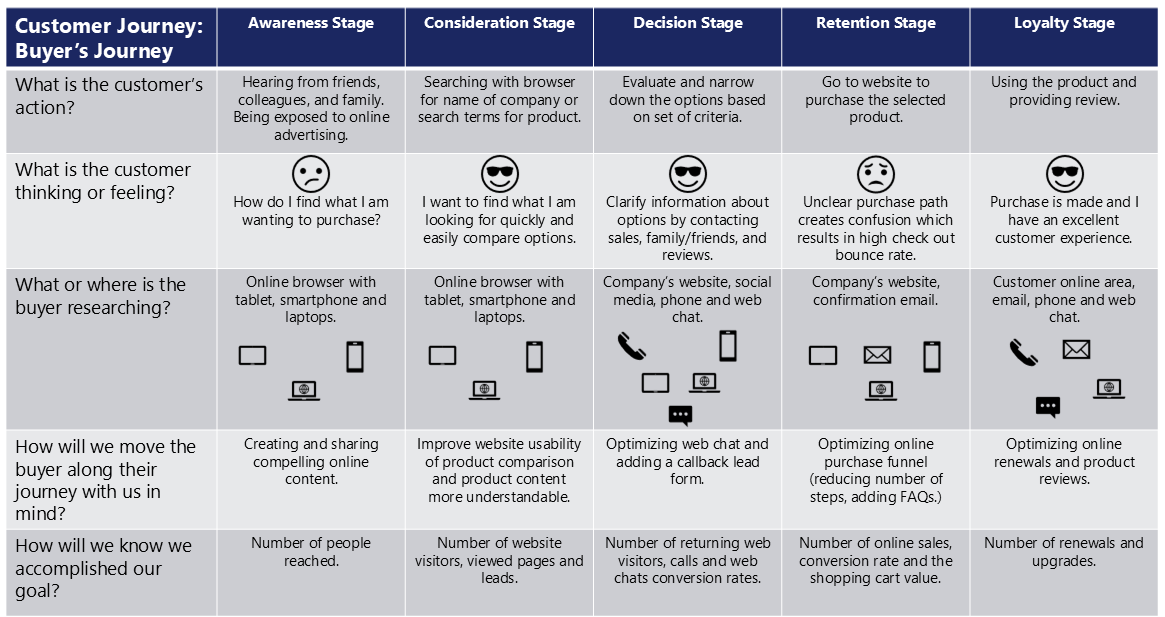9-minute read
Welcome to the second article in our three-part series on the tactical side of Agile transformation, focused on the roles, practices, and approaches that make Agile work. You can read the first article in the series here, and the third one here.
In today’s fast-paced, customer-driven marketplace, the ability to deliver high-quality products that truly meet user needs has never been more critical. Yet, a common challenge faced by many organizations is the disconnect between customers and development teams. Often, these two groups speak different languages—customers focus on their pain points and desired outcomes, while developers think in terms of technical solutions and feasibility.
As an Agile product manager (APM), your role is to bridge this gap. You’re the conduit between the customer’s voice and the development team’s execution, ensuring that every feature, iteration, and product decision is aligned with delivering maximum value. But how can product managers effectively translate customer needs into actionable insights that developers can understand and implement?
In this article, we’ll explore key strategies and practices that Agile product managers can use to create stronger connections between customers and development teams. From fostering clear communication channels to building empathy and maintaining continuous feedback loops, these insights will help you drive successful product outcomes and improve the overall customer experience.
The Agile mindset: Customer centricity at the core
In Agile, everything starts with the customer. Traditional product development often operates on assumptions about customer needs, but Agile prioritizes ongoing customer involvement. The APM must continually focus on delivering value to the customer, aligning team efforts with solving real customer problems.
Customer centricity means always validating product features through direct customer interaction, whether through interviews, surveys, or observing user behavior. Agile encourages delivering value in small increments, so the APM needs to ensure that the most critical customer needs are addressed in each sprint. This continuous feedback loop means that APMs must have a deep understanding of customer pain points and priorities.
Article continues below.
WEBINAR
Unlock real Agile transformation
Customer journey mapping: Understanding the customer experience
Customer journey mapping is a vital tool for APMs to visualize and understand the end-to-end experience customers have with a product or service. This process helps identify pain points, opportunities, and key interactions where the product can add value.
A customer journey map outlines:
- Phases of the journey (Awareness, Consideration, Purchase, Use, Support)
- Touchpoints where customers engage with the product
- Emotions and pain points experienced at each stage
- Opportunities for enhancement
By mapping the journey, APMs gain insights that guide product decisions and prioritization. Key benefits include:
- Identifying pain points: Understanding where customers struggle enables targeted improvements.
- Spotting opportunities: Revealing gaps for innovation or enhancement in the product.
- Aligning the product roadmap: Ensuring that features developed are focused on solving specific customer needs.
- Facilitating collaboration: Creating a shared understanding among teams to align efforts towards improving customer experience.
- Empowering development teams: Providing context on how their work impacts customer satisfaction and business outcomes.
Below is an example of a customer journey map representing a buyer’s journey:

Creating clear communication channels
Strong communication ensures that both customers and developers are on the same page. APMs need to set up multiple channels for feedback and collaboration. Clear communication helps avoid misunderstandings, misaligned expectations, and development of features that miss the mark. Following are key strategies for establishing clear communication channels:
Establish regular touchpoints
Scheduled meetings: Hold regular check-ins with both customers and development teams to discuss progress, gather feedback, and address concerns. Sprint reviews and demos are excellent opportunities for stakeholders to provide insights on completed work.
Utilize Agile ceremonies
Backlog refinement sessions: Collaborate during backlog refinement sessions to prioritize customer feedback and clarify user stories. This ensures alignment on what needs to be developed next.
Implement collaborative tools
Project management software: Use tools like Jira or Trello for tracking project progress, creating visibility around tasks, and facilitating shared understanding. Communication platforms like Slack can enhance real-time discussions and information sharing.
Ensure clarity and transparency
Clear documentation: Maintain comprehensive documentation of meetings, decisions, and updates to the product backlog. Regular progress reports help build trust and keep everyone informed.
Foster a culture of feedback
Continuous feedback: Encourage an environment where feedback is actively sought and valued. Following up on customer insights reinforces their importance and enhances collaboration.
Train teams on effective communication
Communication skills training: Invest in training for both customers and team members to improve communication skills, promoting better understanding of customer needs and enhancing interactions.
Translating customer needs into product features
APMs must excel in the art of translation. Customers often communicate in terms of problems or desired outcomes, while development teams think in terms of technical solutions. The APM is responsible for turning customer needs into user stories that are clear, actionable, and measurable for the development team.
Best practices for writing user stories
User stories should be written from the perspective of the customer, clearly outlining the problem or goal and leaving room for the development team to decide on the technical solution. The format “As a [type of user], I want [goal] so that [reason]” ensures the focus is on customer outcomes rather than specific technical tasks.
Example: “As a frequent traveler, I want to see all my upcoming flights in one place, so that I can easily manage my itinerary.”
Managing the backlog
APMs need to manage a dynamic product backlog, continuously refining it based on customer feedback and changing priorities. Prioritization techniques like MoSCoW, Weighted Shortest Job First (WSJF), or Kano Model help ensure that the team is working on features that will deliver the most value to customers first.
Maintaining a continuous feedback loop
Continuous feedback is at the heart of Agile product management. The APM must ensure that customer input is continuously gathered and incorporated into product development, rather than waiting for large, formal feedback cycles.
Methods for continuous feedback
- Usability testing: Regular usability tests can reveal friction points in the user experience that might not be captured in customer interviews or surveys.
- Customer interviews and surveys: Regular, short feedback sessions with key customers or end-users can help gauge satisfaction and uncover unarticulated needs.
- Analytics and data: Data-driven feedback through analytics can show how customers are actually using the product, revealing areas of improvement.
Iteration cycles
Development teams should be ready to pivot based on this feedback. APMs need to structure sprints and backlog prioritization to allow for rapid adjustments. If a feature is not delivering value or causing issues for customers, it should be modified or dropped swiftly.
Building empathy within development teams
A key part of bridging the gap is fostering empathy within the development team. When developers understand the customers they are building for, they are more motivated and aligned with product goals. APMs can facilitate this by bringing developers closer to customer feedback and success stories. Tactics to build empathy include:
- Customer story workshops: Host sessions where developers can hear directly from customers. Real-life stories and struggles can humanize the development process and highlight the impact of the work being done.
- Customer visits: If possible, arrange for developers to visit customers or interact directly with users. This could be through live usability tests, interviews, or on-site visits.
- Feedback loops: Share customer feedback, positive or negative, with the development team as soon as it is received. This helps developers feel a stronger connection to the end result of their work.
Building empathy can lead to higher-quality solutions, as developers are more invested in solving real-world problems rather than focusing solely on technical challenges.
Managing expectations on both sides
Balancing customer desires with development realities can be one of the trickiest aspects of Agile product management. Customers may ask for features that seem simple but are technically complex, or they may demand too many features in too short a time.
Strategies for balancing expectations include:
- Educating customers on Agile: Ensure that customers understand the Agile process, where rapid iteration and small incremental improvements allow for more flexibility and better outcomes over time.
- Transparency with development challenges: Be open about technical limitations or resource constraints. When customers understand the development process, they are more likely to appreciate trade-offs.
- Prioritization conversations: Use prioritization frameworks to clearly communicate why certain features will be built first. Show customers the value of delivering high-priority items that align with business goals, rather than focusing on less critical requests.
Ultimately, an APM needs to be a skilled negotiator, ensuring that both the customer and development team have aligned expectations and that the product remains focused on delivering the most valuable outcomes.
Bridging the gap between customers and development teams is one of the most crucial roles a product manager plays in an Agile environment. By fostering clear communication, building empathy, and continuously translating customer needs into actionable tasks, you can ensure that your team delivers products that truly resonate with users.
Successful product management isn’t just about managing backlogs or features—it’s about ensuring that your product solves real problems and delights customers, all while empowering your development team to deliver their best work. As you continue to refine your approach, remember that maintaining strong relationships on both sides will drive better outcomes, faster iterations, and a product that truly stands out in the market.
What strategies have you used to bridge the customer-developer gap in your product management experience? Feel free to connect with me—I’d love to hear your insights.
A new era in product management
The role of the APM is crucial in driving customer-centric product development and fostering collaboration among teams. By prioritizing customer needs, managing a flexible product backlog, and maintaining strong relationships with development teams, the APM plays a vital role in delivering products that meet market demands and drive business success.
I encourage you to reflect on your own experiences with Agile product management. How has the shift to Agile practices impacted your approach to product development? Feel free to connect with me to discuss this exciting area further.

Make Agile transformation a reality
We meet you where you are today in your Agile transformation journey and work side-by-side with your teams to achieve your organization’s strategic goals.


